In a recent post, I touched on some of the basic platforms for survival that must be considered, and used the rule of 3's which I was taught through the years in military, Wilderness Search and Rescue with the Civil Air Patrol, but primarily through a Vietnam Veteran, Green Beret friend of mine.
https://steemit.com/homesteading/@drwillwho/survival-foundations-with-the-3-s-your-brain-on-disaster
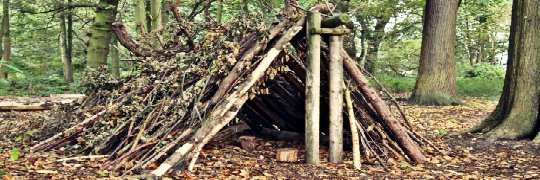
(http://www.skilledsurvival.com/survival-skills/)
One of the rules of 3 is that we lose functionality and approach succumbing after or as we near 3 days without water. This kind of situation can happen if you get lost hiking or hunting, if your well or spring fails and you have to draw from an unclean source, or even if you're on city water but a disaster situation creates an outage.
Many people will store some water, but few store enough for any length of time. So if one is faced with a lack of clean water to drink, we suddenly are facing one of the rules of 3.
So if we're stuck collecting water from pond, creek, or stagnant pool/stock tank... how do we prevent it from being poison. Microorganisms thrive in water, and much of our natural resources are contaminated with bacteria, viruses, and protozoan parasites that can cause extreme illness. It does not help ward of the effects of dehydration to have raging diarrhea.
On a survival camping trip with a group of youth years ago, we had planned and taught and prepared them, teaching them techniques and providing advice for gear to purify water. One camper, who knew better than the rest of us dipped his face into some clean looking running water and 4 hours later had stomach cramps and was starting with diarrhea. Survival Camp fail.
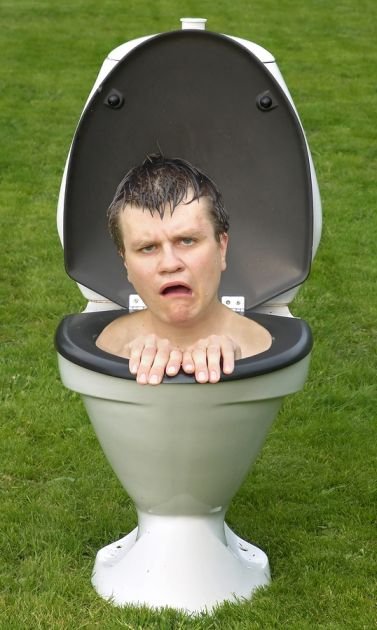
(https://solvingtheibspuzzle.com/diarrhea/)
@fernowl13 provided a fantastic post detailing with specifics the methods for pre-filtering and purifying water with simple, homemade filters and calcium hypochlorite. https://steemit.com/foraging/@fernowl13/purifying-water-with-calcium-hypochlorite#
As an addition to the topic, I wanted to throw out a tool that I have become enamored with and have recommended to all my search team members as part of their 24 hour gear and to everyone I know who takes survival and preparedness seriously.
Initially I had purchased an MSR Sweetwater pump. This was done with much research and was a balance between what worked with good reviews and what I could afford. I've never regretted the purchase and my son will be leaving on a 76 mile hike next week and has chosen to bring it along as "team gear." For a group of 5, this is fairly light, expedient, and will serve them all well. Problems seem to be that it can become clogged to the point that backflushing doesn't restore usage and it's somewhat big and pricey.
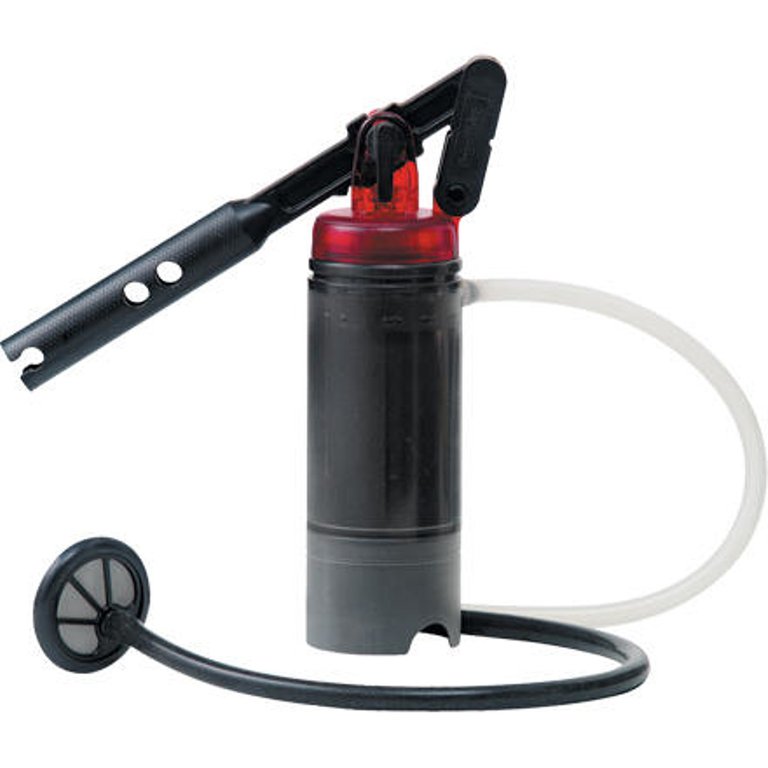
So then LifeStraw came out. A fantastic personal filter that is designed to filter enough water for one person for one year.

They are lightweight and disposable. At $20 dollars, it was a great buy. The downside is you needed to drink directly from the contaminated water... it's a straw. Which means if you wanted to carry water for ongoing hiking or to cook with later, you had to put contaminated water into a container to carry with you, soiling your CamelBak or whatever bottle or canteen you use. Obviously in a survival situation, where ongoing drinking of contaminated water is expected, this is not a huge deal. However, we wanted to be able to use them hiking or adventuring, and weren't quick to have to thoroughly disinfect our gear after each hike (although probably should anyway). LifeStraw did come out with a family version for hunkering down and providing larger quantities of potable water through gravity filtration, but this was a separate tool, not back packable, yet still reasonably priced.
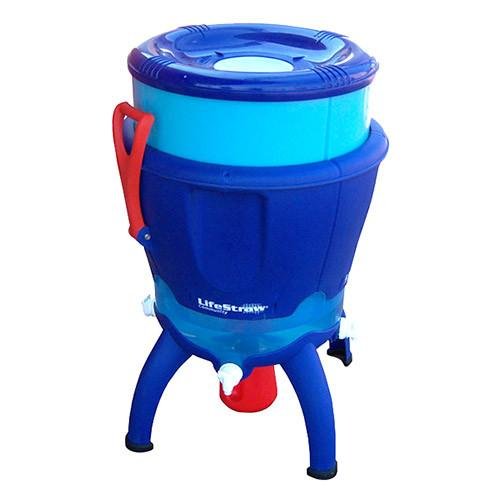
Community version for $329
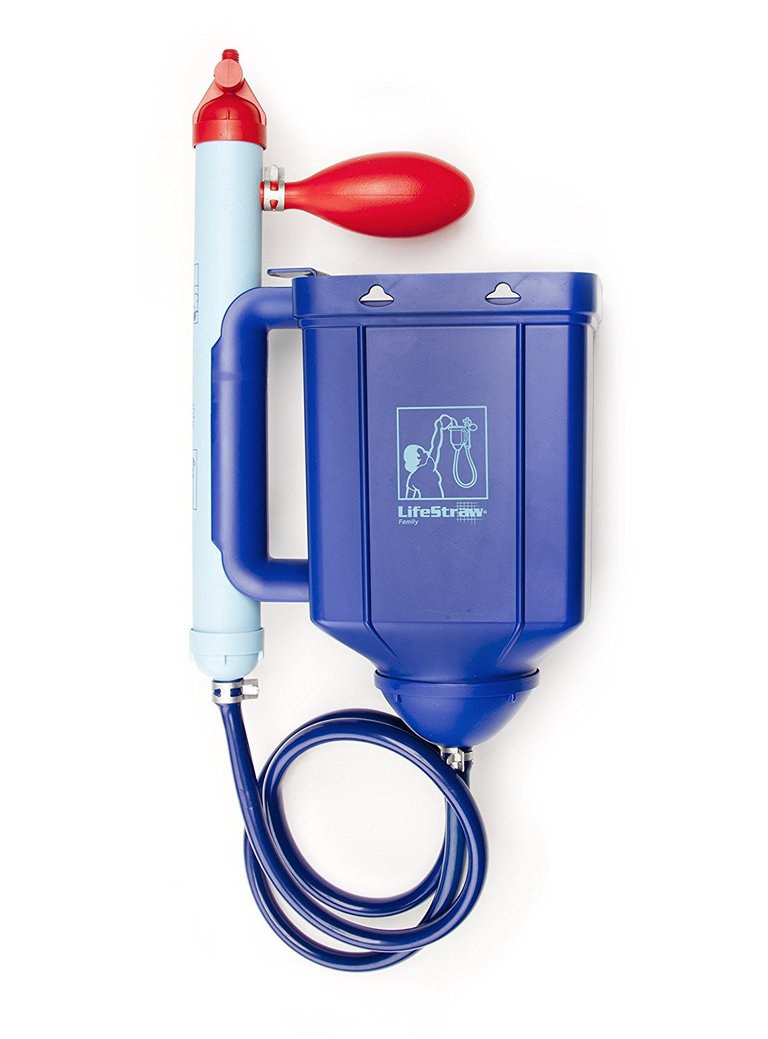
LifeStraw family for ~$60
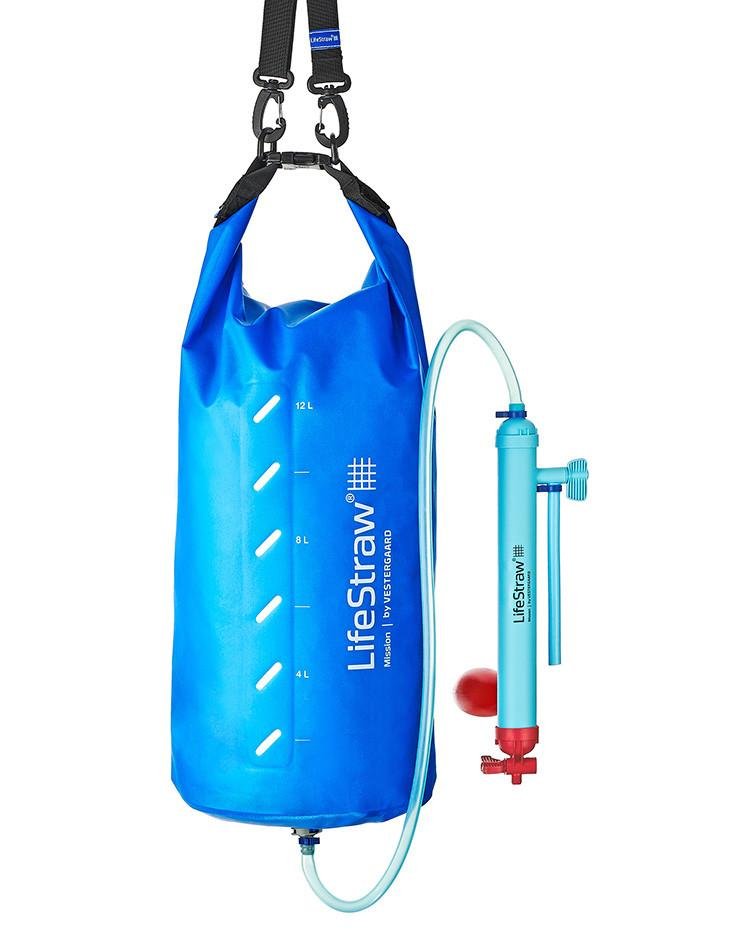
And the LifeStraw Mission version, ~$129.
These vary in filtered volume and portability and are excellent tools that could be part of anyone's home preparedness kit.
We, however, decided to move on to another player in the water filtration game made by Sawyer.

(~$29.00 at Walmart or found online)
The one we chose, although there are a host of products by this company, is the Sawyer mini. At 2 Oz it is very small and light and compact if you plan to use it on the go. It is rated at 100,000 gallons, meaning that at a gallon per day, it would last a person ~274 years. It is back flushable. It can be hooked inline with a CamelBak or other hydration pouch. It is designed to screw into any soda or similar bottle, and comes with a pouch if you want something your can roll up and pack. It also has a straw tube if you don't want to squeeze the fresh water into a clean container, but want to drink straight from the water source, bottle, or squeeze bag. It filters to 0.1 microns removing microorganisms that cause disease. They also have filters that go to 0.02 microns, which will filter viruses. Further, they have adapters that will allow one to turn a typical 5 gallon bucket or other water container into a reservoir for filtering with the Sawyer.
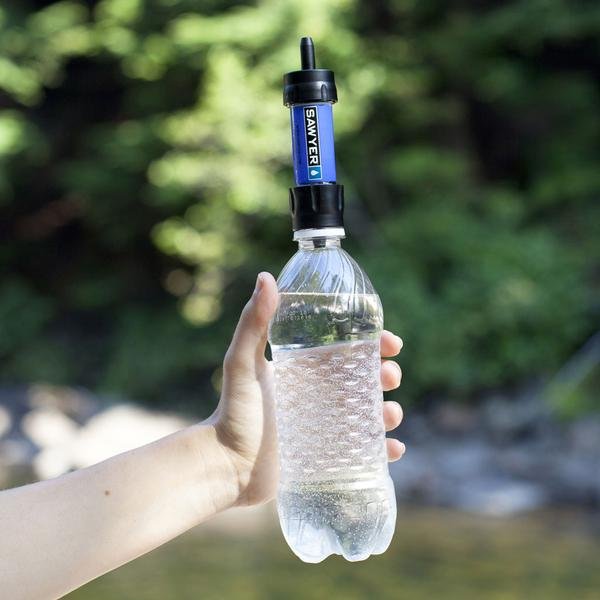
Please understand that I am in no way affiliated with any company or retailer looking to sell you anything. I just know that as my knowledge in Search and Rescue, survival, and disaster preparedness has progressed through the years, I have been thrilled to learn of advances that can replace the good ole iodine water purification pills we got back in the day in the military, with things that make delightfully good tasting and safe drinking water, and are still versatile and dependable.
Would love to learn from you what your favorite gear is. I'm an old man but still learning, and passing information down through the Civil Air Patrol and other mentoring opportunities to the next generations.
Thank you and steem on!
Excellent post! I have my Lifestraw, (which we haven't had to use, but it's tucked away in our med-kit.) My medical bag is probably the most important piece of gear we have. Living over an hour away from any reasonable medical care, this is vital!
Still have lifestraws in our ready gear since there's nothing at all wrong with them, just because I went with something different in my personal 24 hour gear. I agree that med kits are crucial. I cheat since I'm a veterinarian, and have pretty tricked out med gear in case the zombies come. We aren't as remote as you, so your preparation makes excellent sense. Thank you for the kind reply.
Nice informative post. I have both a Sawyer Mini and Katadyn Combi. I love them both, but the Sawyer is for backpacking and the Combi is for disaster. I bought the Combi with the sink adapter kit and it works great and the water tastes awesome. It has a ceramic main filter with a activated charcoal second stage. It can be used on a hike, as it only weighs 1 lb., but for long hikes the Sawyer is gold. I have used my Sawyer over 4 years and it still flows. The life straw is more of a gimmick and doesn't last long. It's a rip off in my eyes. Nice to meet you, I am new here and trying to meet new people. I just posted my introduction, if you feel like giving it a look.
Excellent information! Thanks for sharing. Agree that LifeStraw seems a lesser choice in many ways, but if I understand correctly, they were a fairly early example of cheap filters and we're aimed at providing clean drinking water to third world residents, especially children. I know for a while, at least, they marketed that they were donating one for every one purchased, so seemed to have an altruistic mission similar to one laptop per child? Not sure how legit that turned out. Am with you on Sawyer for sure and agree that it's backflushing feature, syringe even included, is pretty awesome compared with LS. Pleasure to meet you!
Wow, that Sawyer is only $29 and lasts for 100,000 gallons!? That is a really good deal! Will definitely be getting a couple of those..
I know, at that price I was skeptical, but they seem legit, have a variety of models out at this point fine tuning for different applications. Am glad they're out there.
Hello @drwillwho I think its great getting this kind of info out to the masses. I am from the old school and had enough sense to tap my fathers knowledge when i was a kid. He was the type that could walk into the woods with nothing and come out a month later smiling and 10 lbs heavier lol
Heres another take on it without the items just a few small cheap ones
In a pinch if you do not have items like this what you can do is a pit or a tap.
Get 2 pieces of plastic about 6' x 6' and a small bag of Himalayen salt in your pack .
Dig a hole about 2' deep and 3' in diameter in the ground and line it with one of the plastic sheets. In the center bottom of the hole place a cup or bowl. Fill the bottom of the hole with anything with liquid in it, brook or river water or mud ect but do not go above the bowl or cup level wise. Place the 2nd sheet of plastic over the hole and hold it down with the dirt from digging the hole. Place a small rock in the middle of the plastic right over the cup or bowl in the bottom. And wait.. The water content in the bottom will evaporate, rise to the top plastic sheep and drip where you placed the rock on top into the cup or bowl.
This water is pure distilled water and has no minerals in it and you would need minerals if drinking a lot of it. In comes the Himalayen salt, mix a little in with the water to replace the mineral loss.
These can be set up at camps or on trails just about anywhere. Trees can also be tapped as in sugar maples and birch for fluid if in need.. Always water in them their hills...
Fantastic wisdom and can even be used with salt water in the bottom to create fresh potable water. Excellent thing to know. While tedious and slow, putting a plastic bag around living green leaves can allow the collection of the plants water loss through respiration. Thank you for your reply. Many of these tools or techniques are ready in a pinch, but some just haven't heard of them. Nice to meet you.
I use the berkey mini for travel, and a life straw for the hikes. But when I forget it on a hike I have a bag of charcoal and find some sand to filter my creek water, weather it needs it or not. Thanks for the informative post.
I'm taking notes from all these posts.